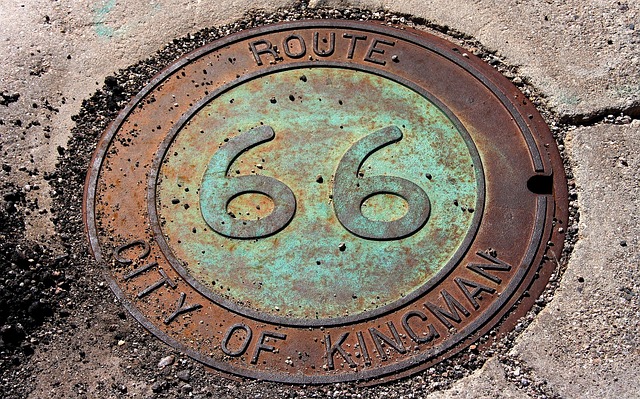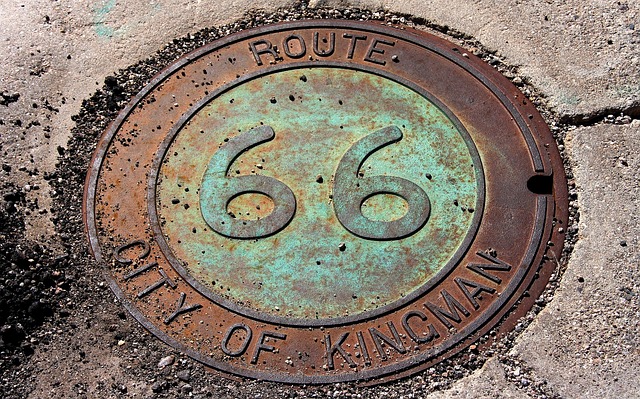Museums act as guardians of railroad history, preserving locomotives, signaling equipment, and entire stations, ensuring the rich tapestry of rail heritage remains intact. They protect historically significant properties that educate the public about transportation technology's impact on society and economies. Exploring historic sites offers unique journeys into the past, with repurposed railway hubs enhancing modern urban landscapes. The future of railroad museums is tied to urban development and real estate trends, requiring careful navigation to balance modern growth with historical preservation for community identity and tourism.
Museums play a pivotal role in preserving local railroad history, offering a window into the past for communities worldwide. This article delves into the significance of these cultural institutions, exploring how they safeguard and share valuable heritage. From historic sites to real estate developments, we examine strategies for showcasing railroad history as vibrant cultural landmarks. By analyzing trends in property usage, we discuss the future of railroad history museums and their potential impact on community engagement and economic vitality.
The Role of Museums in Preserving Railroad Heritage

Museums play a pivotal role in preserving local railroad history, offering more than just displays and exhibits. They act as time capsules, meticulously safeguarding remnants of bygone eras when railroads were the lifelines of communities across the globe. By acquiring and restoring historic locomotives, signaling equipment, and even entire train stations, these institutions ensure that the rich tapestry of railroad heritage remains intact.
In the realm of real estate, museums step in where private owners might not, safeguarding properties of significant historical value from potential demolition or neglect. They provide a permanent home for these artifacts, making them accessible to the public, educators, and future generations. This preservation is crucial as it allows us to trace the evolution of transportation technology and understand its profound impact on society and economies worldwide.
Exploring Historic Railroad Sites as Cultural Landmarks

Exploring historic railroad sites offers a unique glimpse into the past, transforming abandoned tracks and stations into cultural landmarks that preserve local history. These remnants of bygone eras serve as tangible connections to our nation’s transportation evolution, inviting visitors to step back in time and appreciate the engineering marvels of yesteryear. From rusted rails to vintage locomotives, each site tells a story—a narrative woven with the labor and perseverance of generations past.
In many instances, these historic railroad locations have been seamlessly integrated into modern real estate developments, where old meets new. Local communities embrace their heritage by repurposing former railway hubs as museums, cultural centers, or even residential areas. Such adaptive reuse not only preserves the rich history of railroads but also contributes to the vibrancy of contemporary urban landscapes, ensuring that these stories remain accessible and appreciated for generations to come.
Real Estate and the Future of Railroad History Museums

The future of railroad history museums often intertwines with the ebb and flow of real estate dynamics. As urban landscapes evolve, so do the opportunities for showcasing historical artifacts. Many former train stations, yards, and nearby areas are now prime locations for development, which can either mean new spaces for dedicated museums or challenges to preserve existing exhibits. The changing face of city centers presents a unique conundrum: protect historic train-related sites or accommodate modern urban growth? Striking a balance is crucial, as these museums not only offer a glimpse into the past but also contribute to community identity and tourism.
Real estate considerations can either enhance or threaten the existence of railroad history institutions. Urban regeneration projects might include rehabilitating old stations for new uses while incorporating interactive displays that preserve the site’s heritage. Conversely, neglect or inappropriate development could lead to the loss of irreplaceable historical resources. Museum administrators must navigate these real estate waters carefully, ensuring their collections and stories are accessible and relevant in a constantly evolving urban environment.






